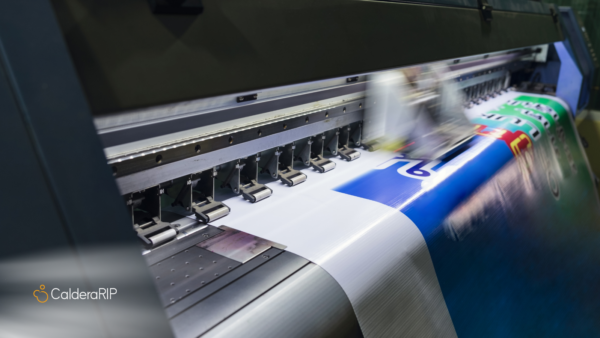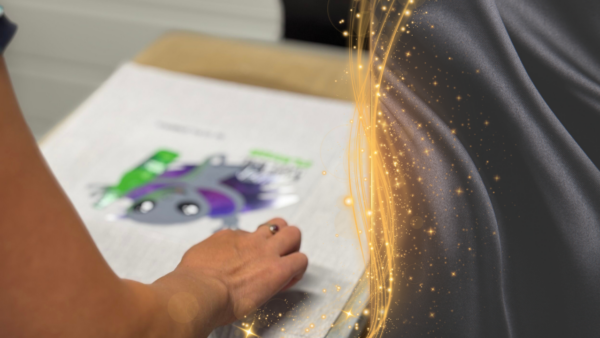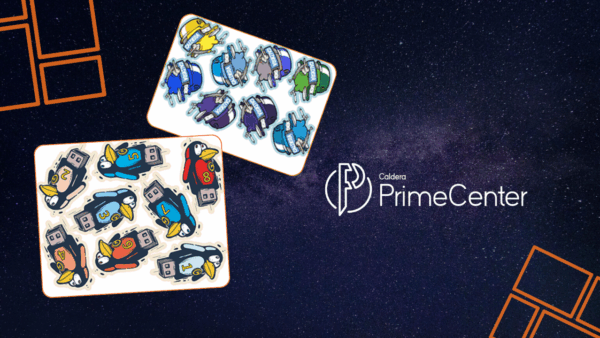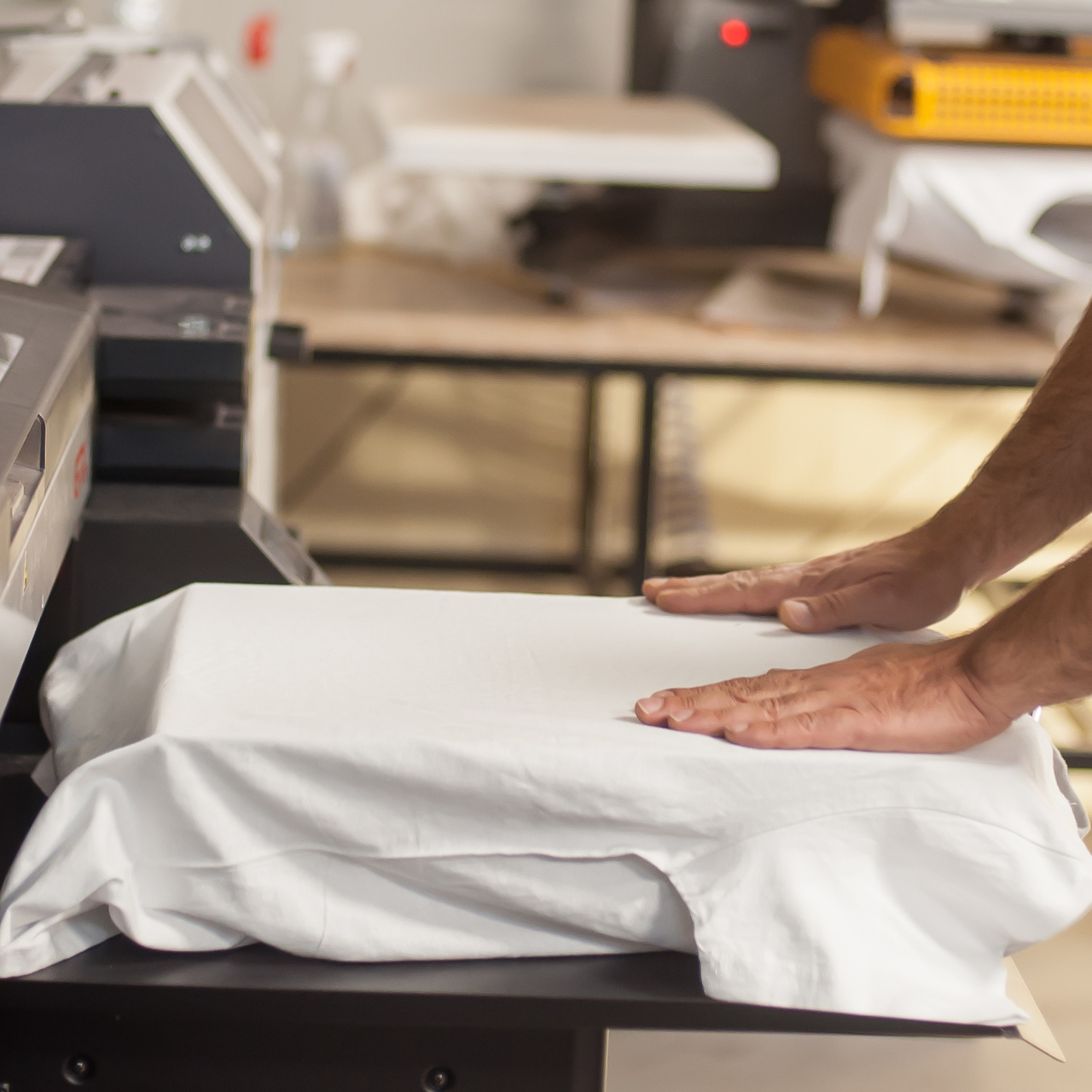
The technical terms you need to understand in DTG printing
July 18, 2025
It’s common for people to start learning the vocabulary used in a specific business before delving into it. However, learning the terms around DTG printing can be a bit complicated for beginners, but what if you only need to remember the necessary ones? What do you mean by pretreatment? what is curing? oh no, do we need a white underbase? What is?
This article contains the necessary terms used in DTG printing. It will help you to better understand the facets of DTG printing and start your business in an enlightened way.
Design and pre-treatments
Users employ these two terms in all printing methods, and DTG printing is no exception. It refers to preparing your design in a design tool or RIP software to ensure the ink is properly fixed. We use these terms to describe the process of using design software like Adobe, a RIP software like Caldera Direct-to-Garment, and preparing the surface.
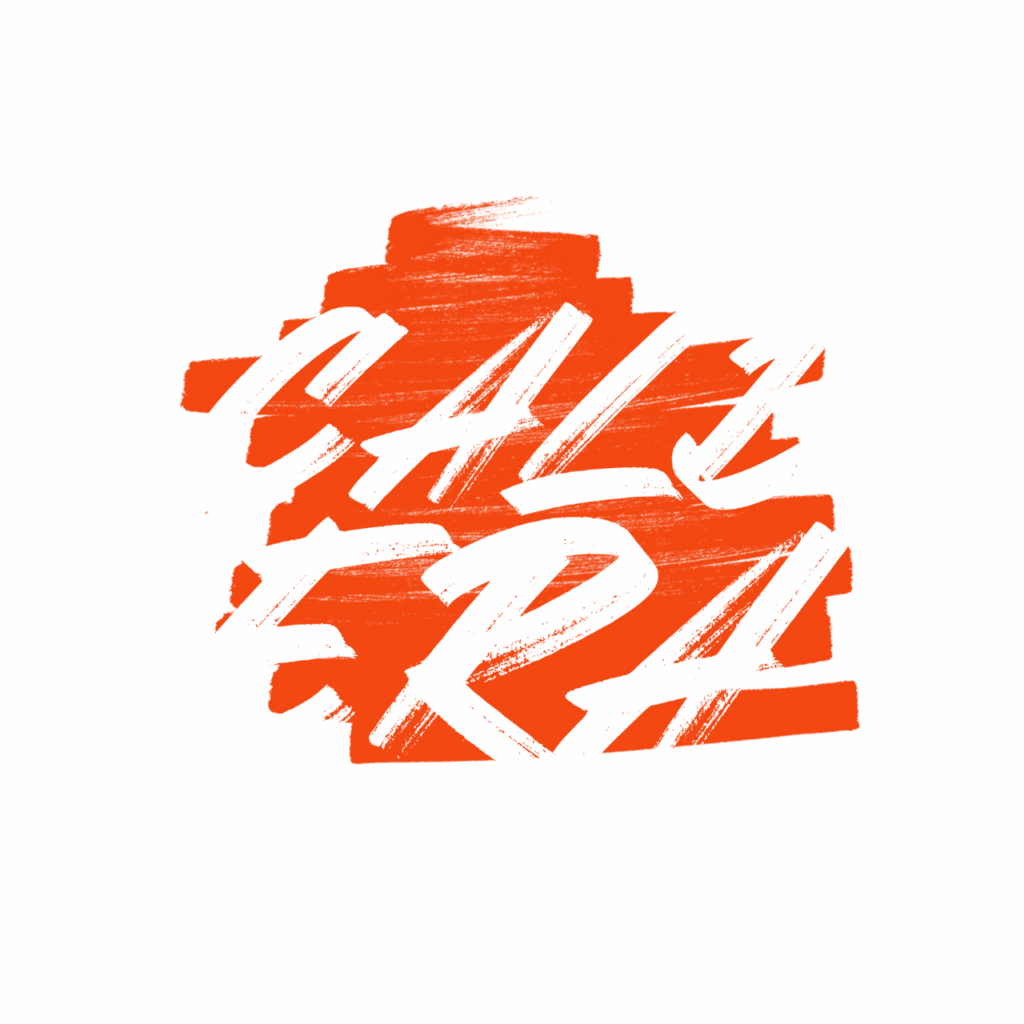
Curing
No, it’s not related to food or kitchens. Basically, curing is considered the last step in your DTG printing process. In this step, you will use heat to stabilize the ink on your fabric and guarantee its durability.
White underbase
To put it simply, yes, you will need this step, and it’s not complex to understand. A layer of white ink is printed beneath colored inks on dark garments. This functions as a primer, making colors appear more accurate.
Palette
A palette (also known as a platen) is the flat surface on the printer where the garment is placed for printing. It keeps the fabric steady to ensure accurate image placement and consistent print quality.
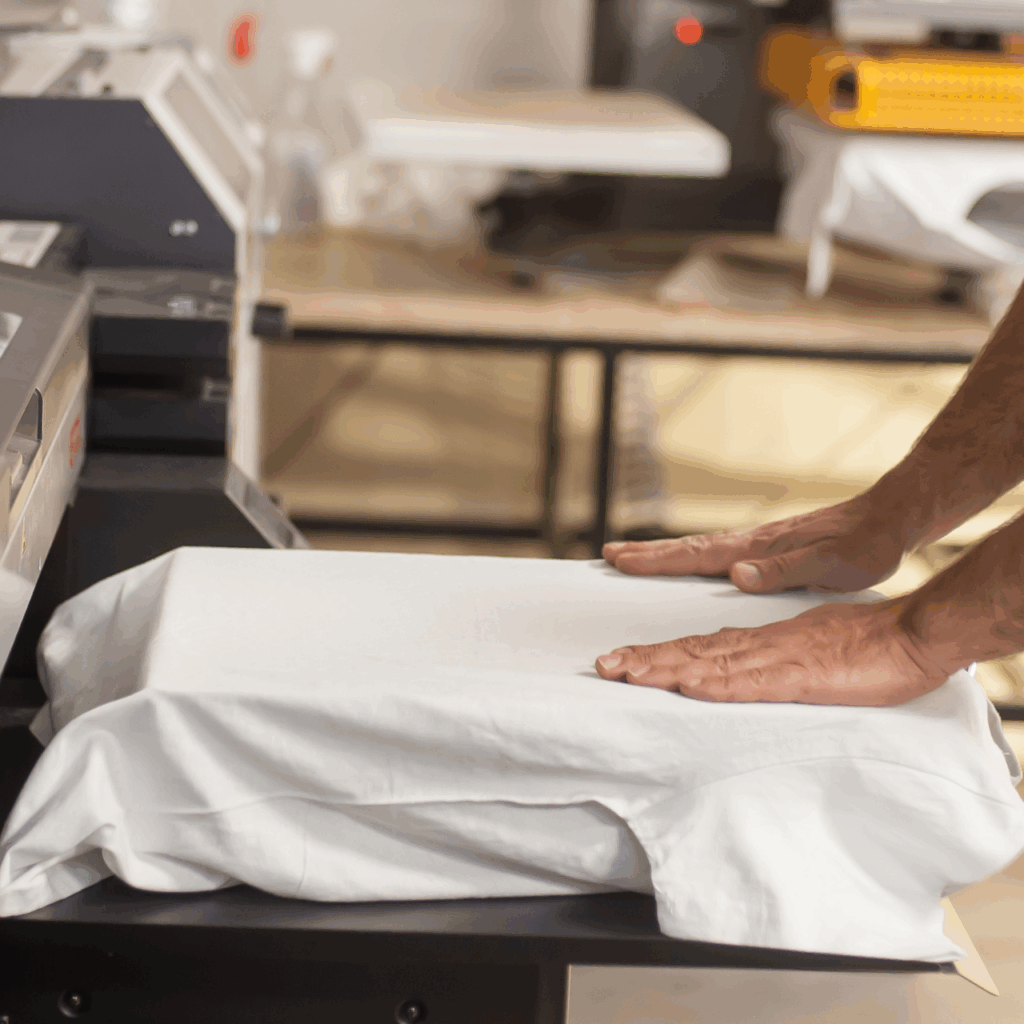
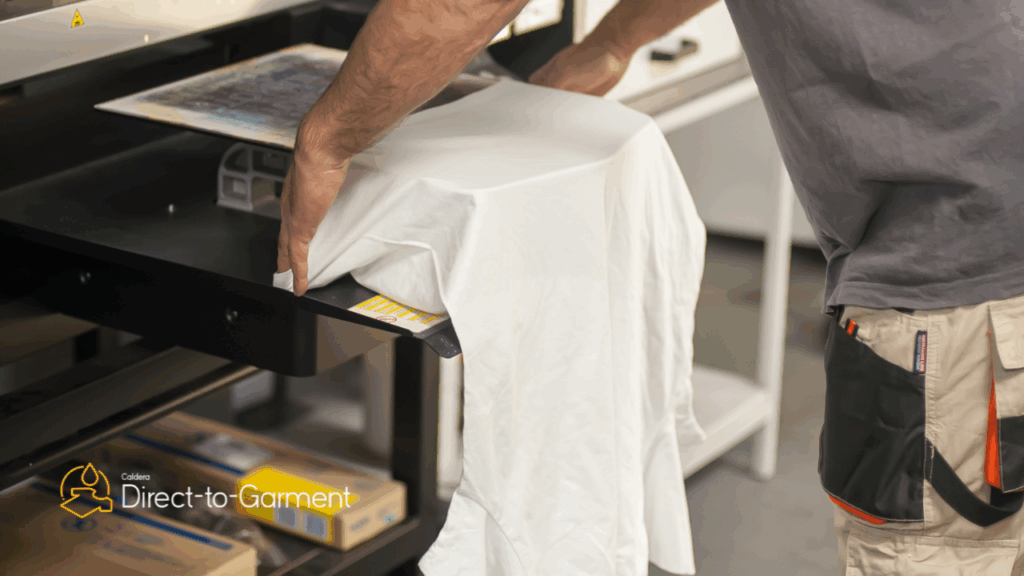
Garment loading
The act of positioning a shirt or fabric correctly on the printer’s palette to ensure the design prints in the right place and remains aligned. This procedure is important to ensure the accuracy of the final result.
Other terms
| Garment | It’s just the clothing you choose to print on, like a t-shirt, hoodie, or sweatshirt. |
| Fade | When colors disappear over time, we try to create prints that don’t fade in DTG printing. |
| Washability | How well the print stays on the shirt after washing it. Since we are used to washing t-shirts multiple times, we want to make sure washability is calculated. |
| Pretreatment Stains | Sometimes the spray leaves a light mark before washing, like water spots. |
| Color Profiling | Making sure the printed colors look the same as the ones on your screen. |
| Garment Compatibility | This calculates whether a shirt works well with DTG. Cotton works best; some others don’t. |
What is a RIP software for DTG printing?
RIP (Raster Image Processor) software is a special software that helps DTG printers understand how to print your design. Basically, it controls important things like color, ink amount, and where to print white ink.
What is Caldera DTG Software?
Caldera Direct-to-Garment is a RIP software made for DTG printing. It helps print designs faster, more accurately, and with accurate colors. It also controls white ink for dark shirts and tells you how much ink will be used. It’s great for print shops that want high-quality results.
You want to see how Caldera Direct-to-Garment works?
You can contact our team for a demo
Related articles
